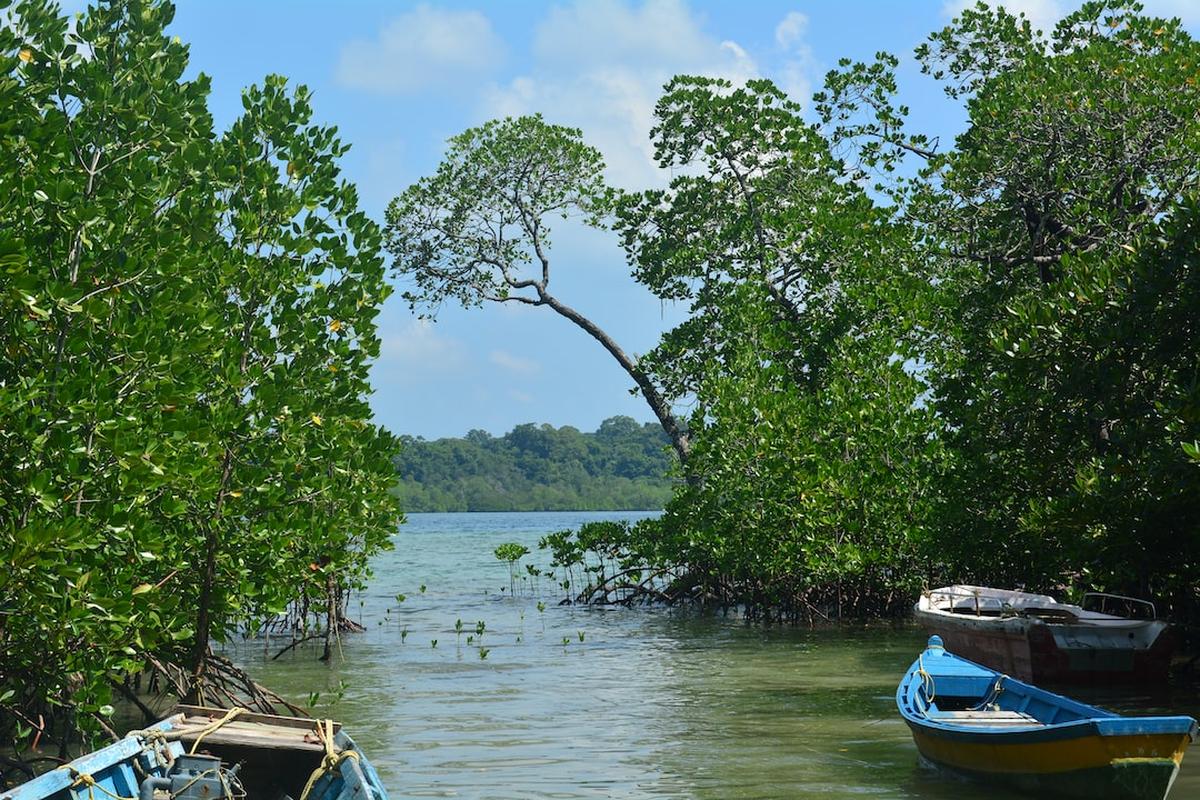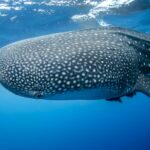The Galapagos Islands, an archipelago of volcanic islands distributed on either side of the equator in the Pacific Ocean, is a destination that beckons adventurers from around the globe. The islands are renowned for their unique wildlife and stunning landscapes, making them a haven for nature enthusiasts. However, the physical demands of a Galapagos trip are often underestimated, leading to unexpected challenges for the unprepared traveler. This guide aims to provide a comprehensive overview of the physical rigors of a Galapagos adventure, helping potential visitors understand what to expect and how to prepare.
Understanding the Terrain of Galapagos
The Galapagos Islands are primarily composed of uneven lava rock trails*, *hard-packed dirt paths*, and *beach walks. The lava rock trails, formed by ancient volcanic eruptions, can be treacherous to navigate due to their uneven and sharp surfaces. The hard-packed dirt paths, on the other hand, are easier to traverse but can become slippery and muddy during the rainy season. Lastly, the beach walks, while seemingly straightforward, can be physically demanding due to the soft, shifting sands that require more effort to walk on.
Physical Requirements for a Galapagos Trip
A Galapagos trip is not a leisurely vacation. It requires a moderate level of fitness to fully enjoy the experience. Visitors should be able to walk for several hours at a time, often on uneven terrain. Additionally, some health considerations should be taken into account. For instance, the islands’ altitude can affect individuals with respiratory conditions, and the intense equatorial sun can pose risks for those with sensitive skin or heat-related illnesses.
The Strenuous Aspects of a Galapagos Trip
The physical challenges of a Galapagos trip are primarily related to the length of trails and hikes*, the *uneven terrain*, and the *impact of weather conditions. Trails can range from short, easy walks to long, strenuous hikes that can take several hours to complete. The uneven terrain, as mentioned earlier, can be difficult to navigate and requires good balance and agility. Lastly, the weather conditions, particularly the intense sun and heat, can exacerbate the physical demands of the trip.
Preparing for the Physical Demands of a Galapagos Trip
To ensure a rewarding and enjoyable Galapagos adventure, proper preparation is key. This includes physical training and conditioning to improve stamina and strength, particularly in the legs and core. Essential gear for the trip includes sturdy hiking shoes, sun protection, and hydration packs. Additionally, health checks and medical preparations, such as vaccinations and altitude sickness medication, may be necessary depending on individual health conditions.
Mitigating the Physical Challenges of a Galapagos Trip
While the physical demands of a Galapagos trip can be challenging, they can be mitigated with proper pacing, hydration, nutrition, and rest. It’s important to listen to your body and take breaks when needed. Staying hydrated and eating nutritious food can help maintain energy levels, while adequate rest and recovery can prevent overexertion and injury.
Comparing Galapagos to Other Adventure Destinations
Compared to other adventure destinations, the Galapagos Islands offer a unique blend of physical challenges and rewards. While the physical demands are similar to those of other hiking and wildlife viewing destinations, the unique terrain and climate of the Galapagos add an extra layer of challenge. However, the opportunity to witness the islands’ unique wildlife and landscapes up close makes the effort worthwhile.
The Rewards of a Galapagos Trip Despite the Rigors
Despite the physical rigors, a Galapagos trip offers unparalleled rewards. The unique wildlife encounters, from observing giant tortoises in their natural habitat to swimming with playful sea lions, are experiences that can’t be replicated anywhere else. The natural beauty of the islands, with their dramatic volcanic landscapes and pristine beaches, is breathtaking. Moreover, the personal achievement and satisfaction of completing a challenging hike or navigating a difficult trail add to the overall rewarding experience of a Galapagos adventure.
To Sum Up
A Galapagos trip is undoubtedly physically demanding, but with proper preparation and understanding of the challenges, it can be an incredibly rewarding experience. It’s an adventure that tests your physical limits while immersing you in some of the most unique and breathtaking natural environments on earth. So, lace up your hiking boots, pack your sunblock, and get ready for the adventure of a lifetime in the Galapagos Islands.
References:
- Darwin, C. (1845). Journal of researches into the natural history and geology of the countries visited during the voyage of H.M.S. Beagle round the world. London: John Murray.
- Galapagos Conservancy. (2020). Galapagos Islands: A unique natural laboratory. Retrieved from https://www.galapagos.org/about_galapagos/about-galapagos/the-islands/
- National Geographic. (2019). Galapagos Islands. Retrieved from https://www.nationalgeographic.com/travel/destinations/south-america/ecuador/galapagos-islands-guide/








